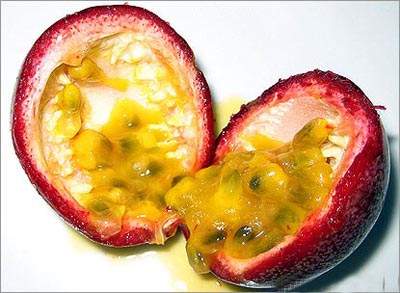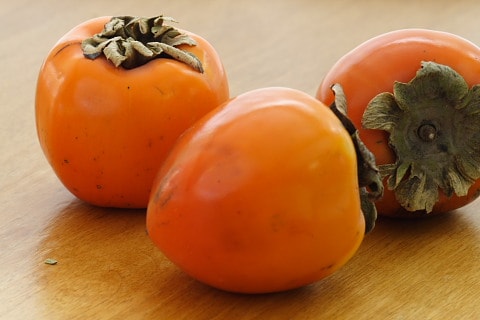Myrciaria dubia, commonly known as Camu camu,Camucamu, Cacari, and Camocamo, is a small bushy riverside tree from the Amazon rainforest vegetationin Peru and Brazil, which bears a red/purple cherry-like fruit. Its small flowers have waxy white petals and a sweet-smellingaroma. It has bushy feathery foliage. The evergreen, opposite leaves are lanceolate to elliptic. Individual leaves are 3 – 20 cm in length and 1 – 2 cm wide. Camu-camu offers astringent,antioxidant, anti-inflammatory, analgesic, antiviral, emollient and nutritive properties and contains natural betacarotene, calcium,iron, niacin, phosphorus, protein, riboflavin, thiamin and theamino acids valine, leucine and serine.[citation needed] This makes camu-camu useful for metabolic processes, including the formation of white blood cells, maintaining a healthy immune system, and support for the brain, lymph glands, heart and lungs.
It is a close relative of the Jaboticaba (Myrciaria cauliflora) and the Guavaberry or Rumberry.
Benefits of Camu Camu
The camu camu berry is gaining acclaim as a superfruit, with its extremely high vitamin C content (the highest natural concentration on the planet) and other beneficial substances. Now becoming available in the United States, camu is a supplement with valuable health benefits that is easy to use.

